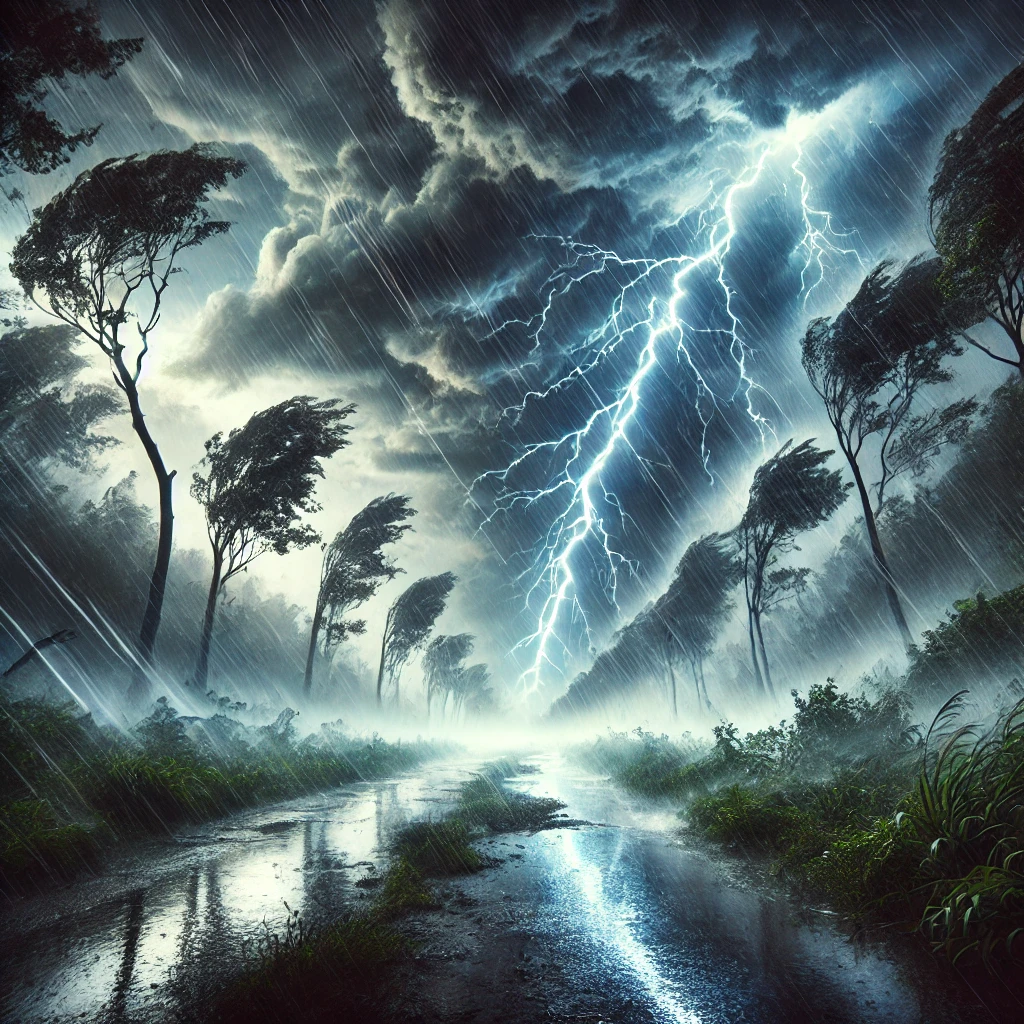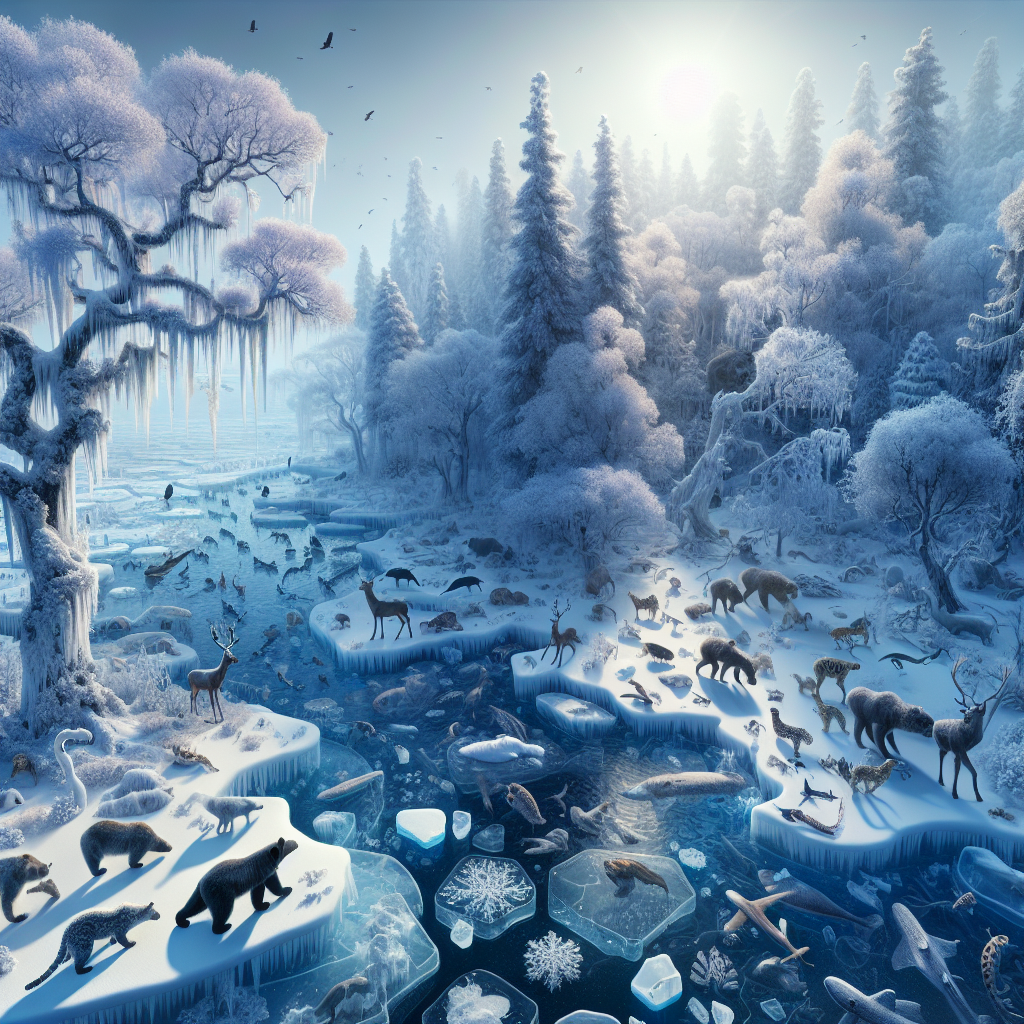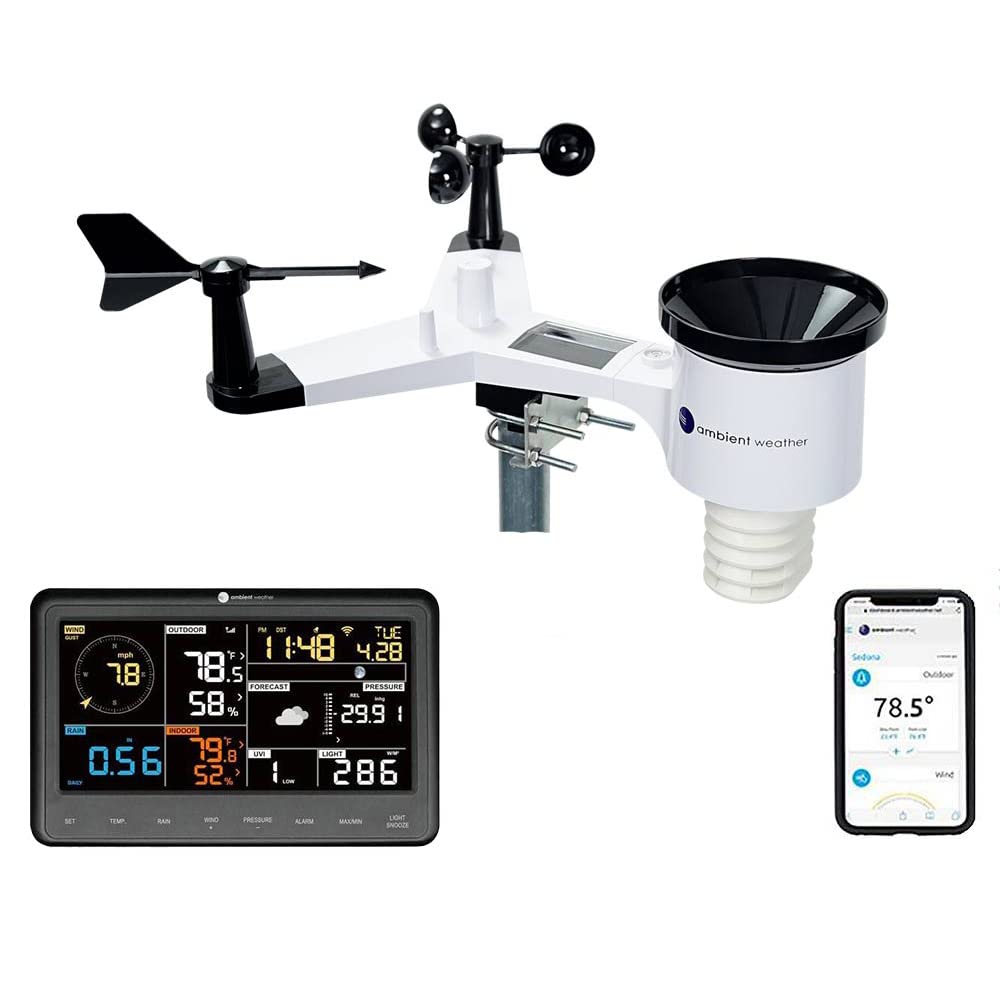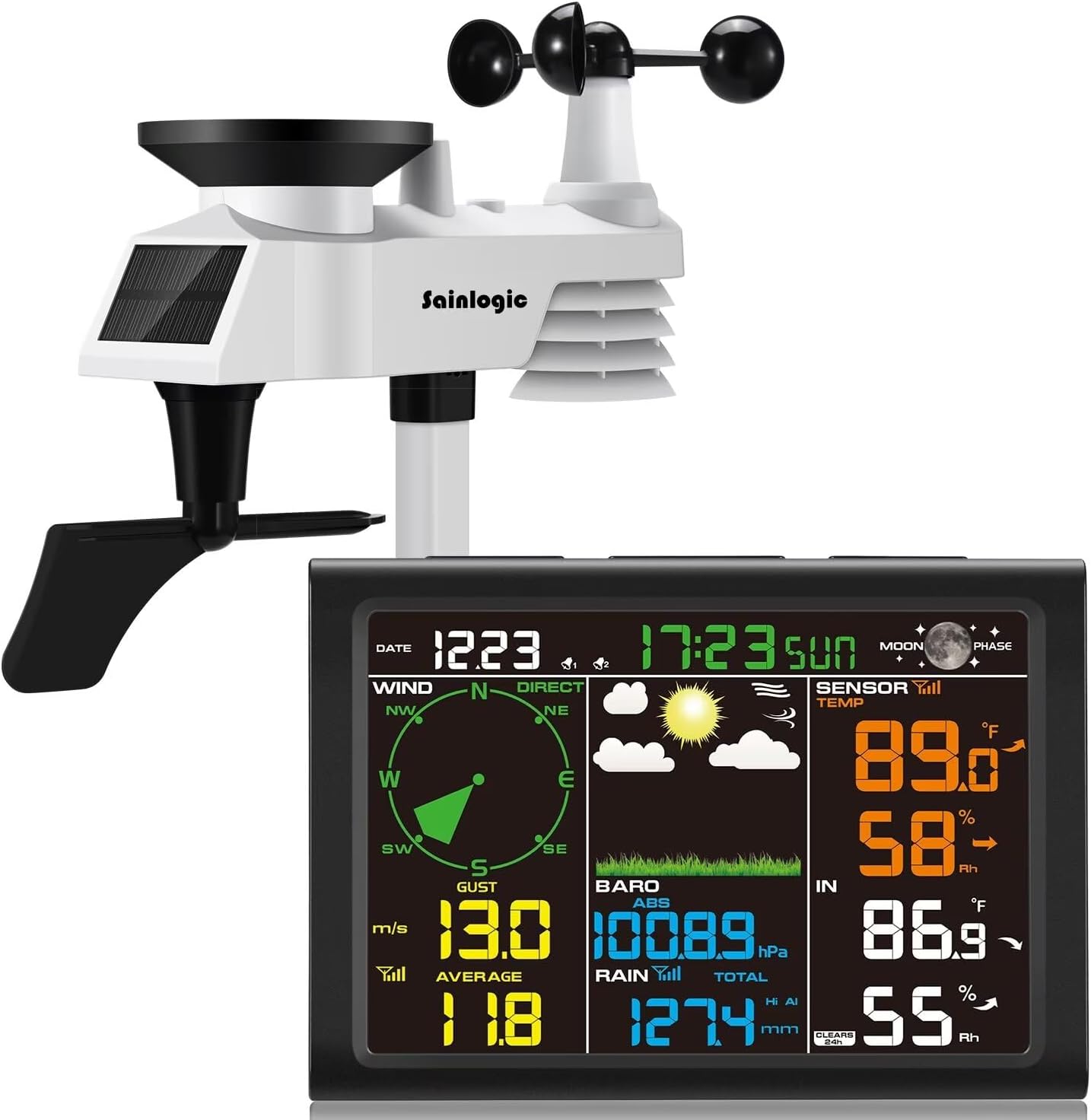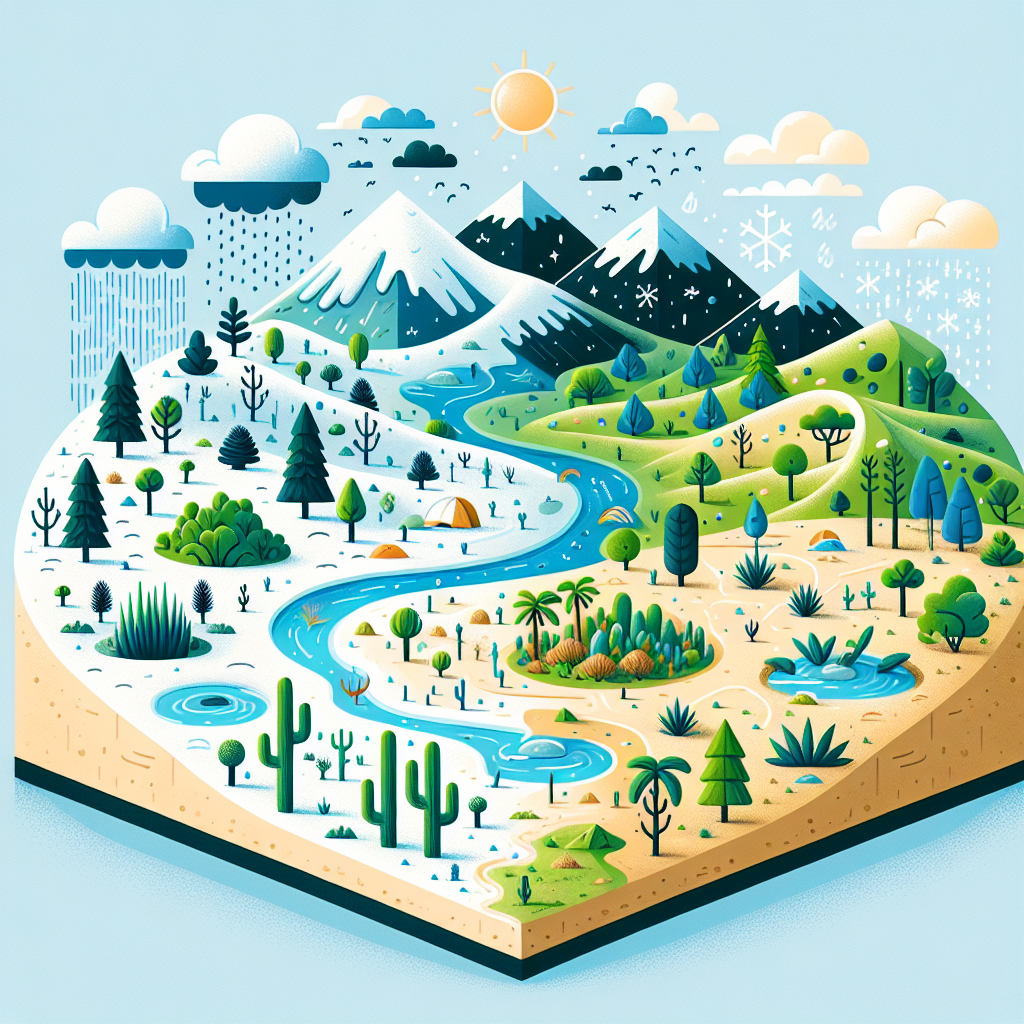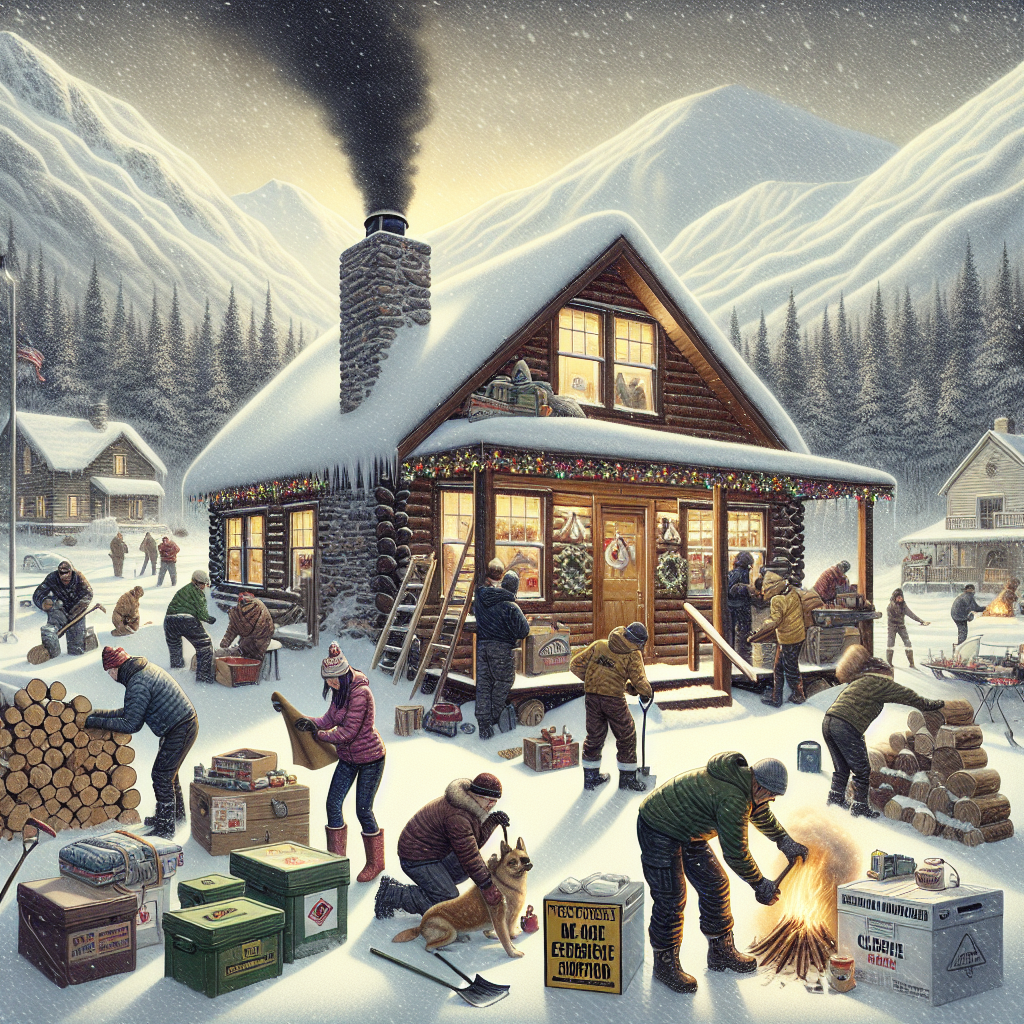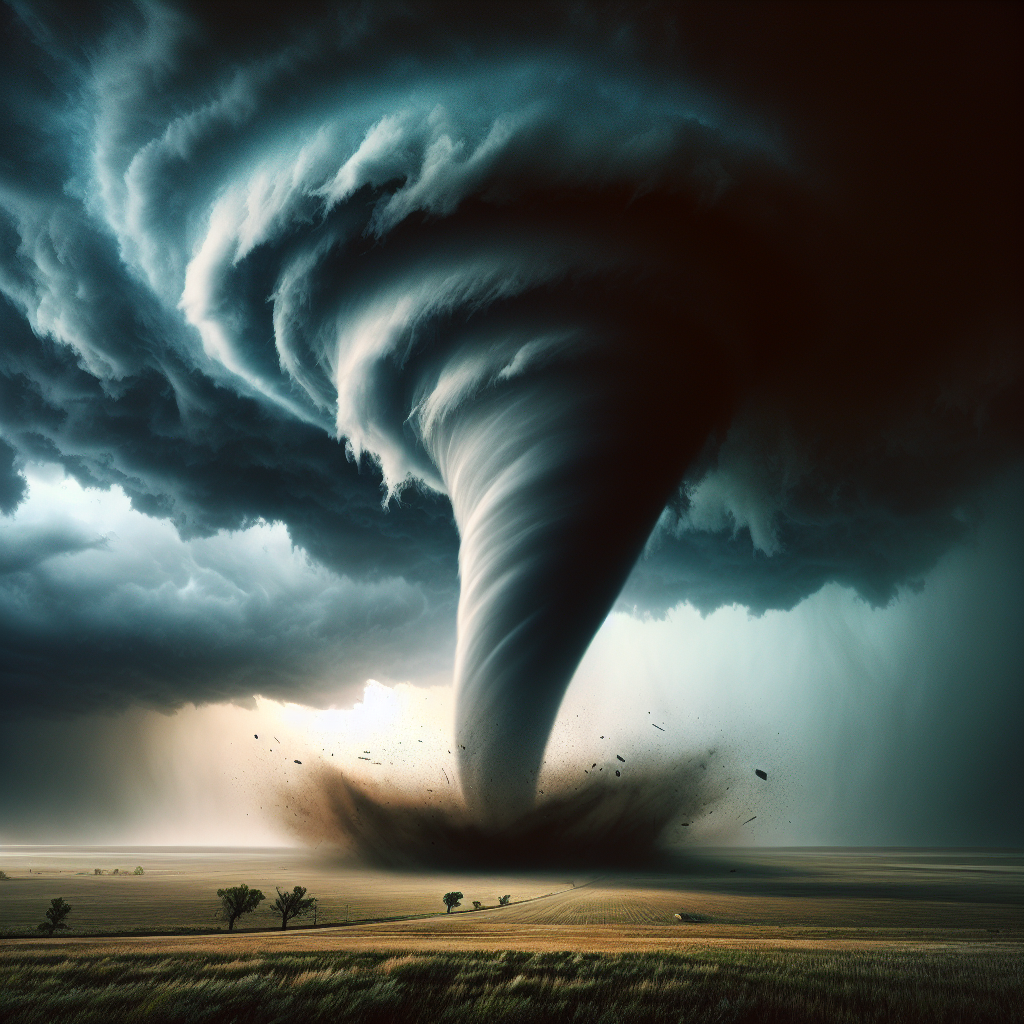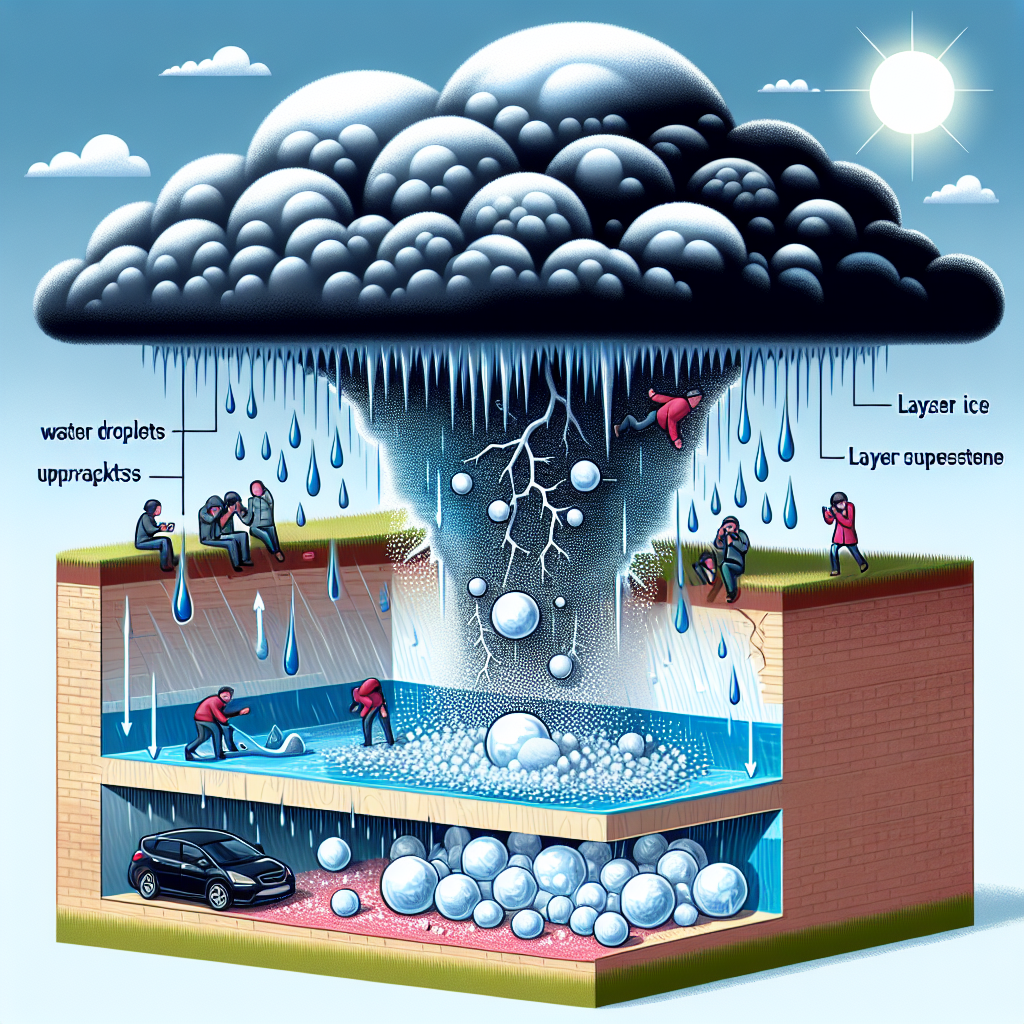Understanding Microclimates: Local Weather Variations Explained
Definition of Microclimates
Microclimates are localized atmospheric conditions that differ from the surrounding areas. These small-scale climates can exist within a few meters of each other and are influenced by various factors such as topography, vegetation, soil type, and human activity. Microclimates can affect temperature, humidity, wind patterns, and precipitation levels, making them significant in various ecosystems, agricultural practices, and urban planning.
Factors Influencing Microclimates
Topography: Elevation, slope, and landform all influence climate conditions. For example, valley areas are typically cooler and may experience more moisture than surrounding hills. Mountains can block air masses, leading to differing weather patterns on either side (known as orographic effects).
Vegetation: Vegetation covers can modify local climates by altering temperatures and humidity levels. Forests create cooler and more humid microclimates than open fields, while urban areas with limited greenery can lead to heat islands, where temperatures are significantly higher.
Soil Composition: Different soil types can retain heat and moisture differently. Sandy soils drain quickly and may lead to drier microclimates, while clay soils retain water, creating wetter conditions.
Water Bodies: Proximity to lakes, rivers, or oceans can help regulate temperature. Water has a high heat capacity, which means it warms up and cools down more slowly than land, influencing local climates by moderating extremes in temperature.
Human Activities: Urbanization alters the natural environment, creating heat islands due to concrete surfaces and reduced vegetation. Activities like agriculture can also modify local climates. Greenhouses, for instance, create warmer environments conducive to crop growth.
Types of Microclimates
Urban Heat Islands: Urban areas often experience elevated temperatures compared to rural surroundings. Factors contributing to this include the extensive use of concrete, asphalt, and the lack of vegetation. Urban heat islands can lead to increased energy consumption, heat-related illnesses, and changes in local weather patterns.
Coastal Microclimates: Coastal areas experience unique microclimates due to the moderating influence of ocean waters. These regions may have milder temperatures compared to inland areas, with increased humidity and unique precipitation patterns influenced by sea breezes.
Forest Microclimates: Dense forests can create cooler and more humid conditions on the forest floor compared to surrounding regions. This effect is particularly pronounced in temperate rainforests, where thick canopy cover plays a critical role in shading the ground and maintaining moisture.
Agricultural Microclimates: Farmers often design their fields to take advantage of microclimates. Crop layout, orientation, and the presence of hedgerows can all contribute to unique microclimatic conditions that influence growth. Certain crops may thrive in slightly different temperature and humidity conditions, leading to variations across a single farm.
Rural Microclimates: Countryside areas, too, can exhibit significant microclimate variations due to field arrangement, the presence of lakes or rivers, and wind patterns. Farmers use these variations for agricultural planning, as they can impact crop yields.
Importance of Microclimates
Biodiversity: Microclimates can create diverse habitats that support various plant and animal species. For instance, a microclimate within a flower garden can support specific insects that thrive in warmer or cooler conditions.
Agricultural Planning: Understanding local microclimates is essential for effective agricultural practices. By recognizing these subtle variations, farmers can select the right crops, optimize planting schedules, and implement tailored irrigation strategies.
Urban Planning: As cities grow, understanding microclimates can aid in designing more sustainable urban environments. Strategies such as increasing green spaces, planting trees, and using reflective materials can help mitigate the effects of urban heat islands.
Climate Change Adaptation: Microclimates may become increasingly important as climate change alters weather patterns. Recognizing and preserving microclimate diversity can help ecosystems adapt more efficiently to these changes.
Measuring Microclimates
Scientists and meteorologists use a variety of tools to measure microclimates, including:
Weather Stations: Localized weather stations equipped with sensors for temperature, humidity, wind speed, and precipitation can provide detailed information on microclimatic conditions.
Remote Sensing: Drones and satellites equipped with thermal imaging can help map temperature variations over large areas to identify microclimates.
Soil Sensors: Installed in the ground, soil moisture and temperature sensors provide critical data that contributes to the understanding of microclimates, particularly in agriculture.
Field Studies: Ecologists often conduct field studies to analyze vegetation, soil types, and local fauna and flora, which, in turn, helps to clarify the relationships between specific microclimates and biodiversity.
Examples of Microclimates Around the World
San Francisco Bay Area, USA: The San Francisco Bay Area showcases an impressive array of microclimates, with fog playing a crucial role in moderating temperatures. The different microclimates result in varied vegetation compositions ranging from coastal scrub to lush forests.
Mt. Rainier National Park, USA: This national park features dramatic microclimate variations due to elevation changes. As one ascends the mountain, temperatures drop, leading to different ecosystems — from temperate rainforests to alpine tundra.
The Great Barrier Reef, Australia: Coastal areas surrounding the reef experience distinct microclimates driven by ocean currents. These variations can impact marine life and have critical implications for coral health and resilience.
Vesuvian Region, Italy: The areas around Mount Vesuvius create warmer microclimates on the slopes, supporting grape cultivation for wine production while cooler valleys exhibit different agricultural practices.
Conclusion
Microclimates significantly influence local ecosystems, agricultural practices, and urban settings. By acknowledging and understanding the role of microclimates, communities can better adapt to changing weather patterns and enhance biodiversity. Knowledge of microclimates ultimately shapes sustainable practices that align with the diverse needs of our planet.

